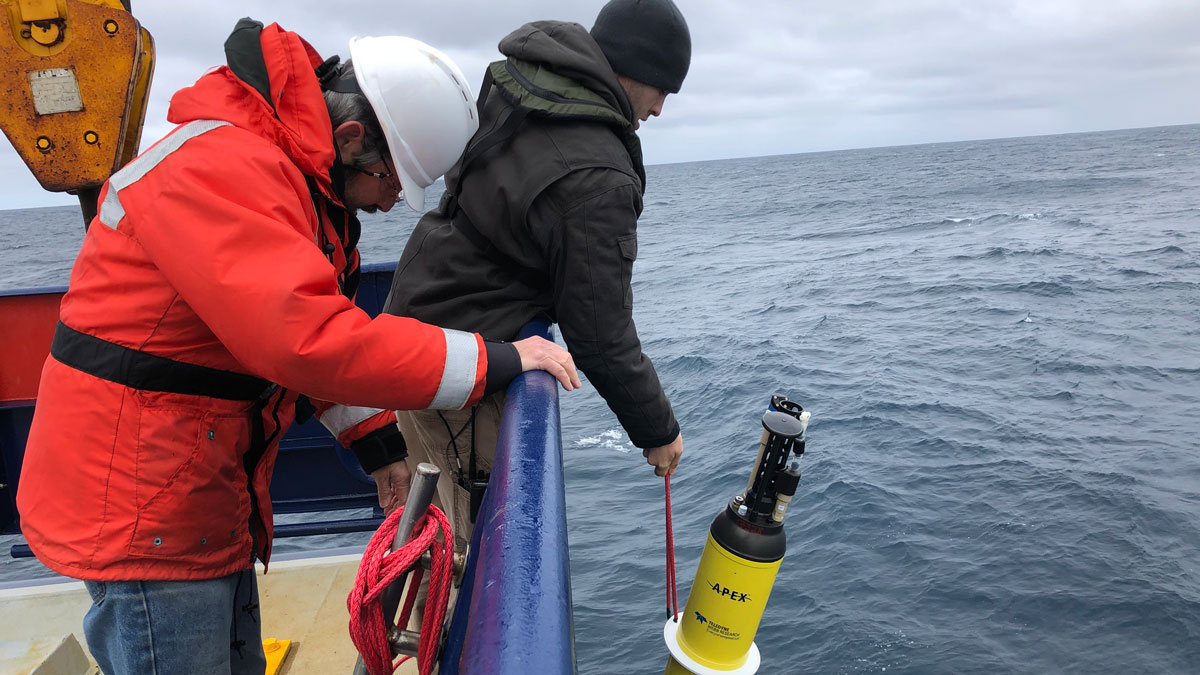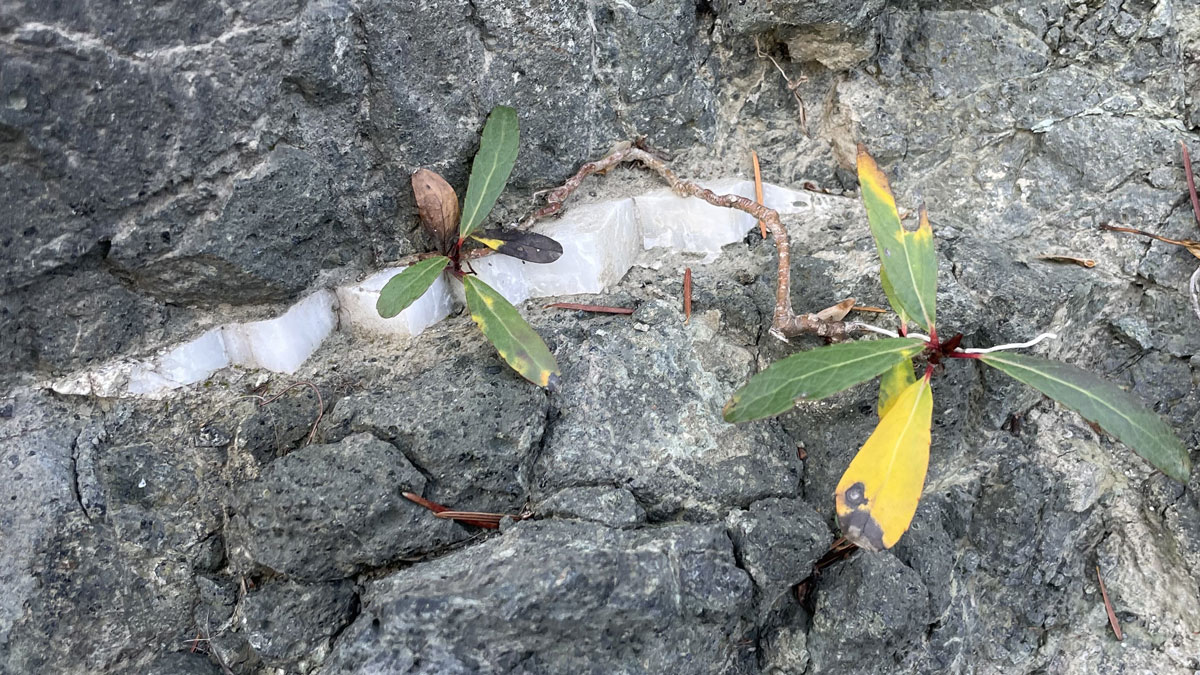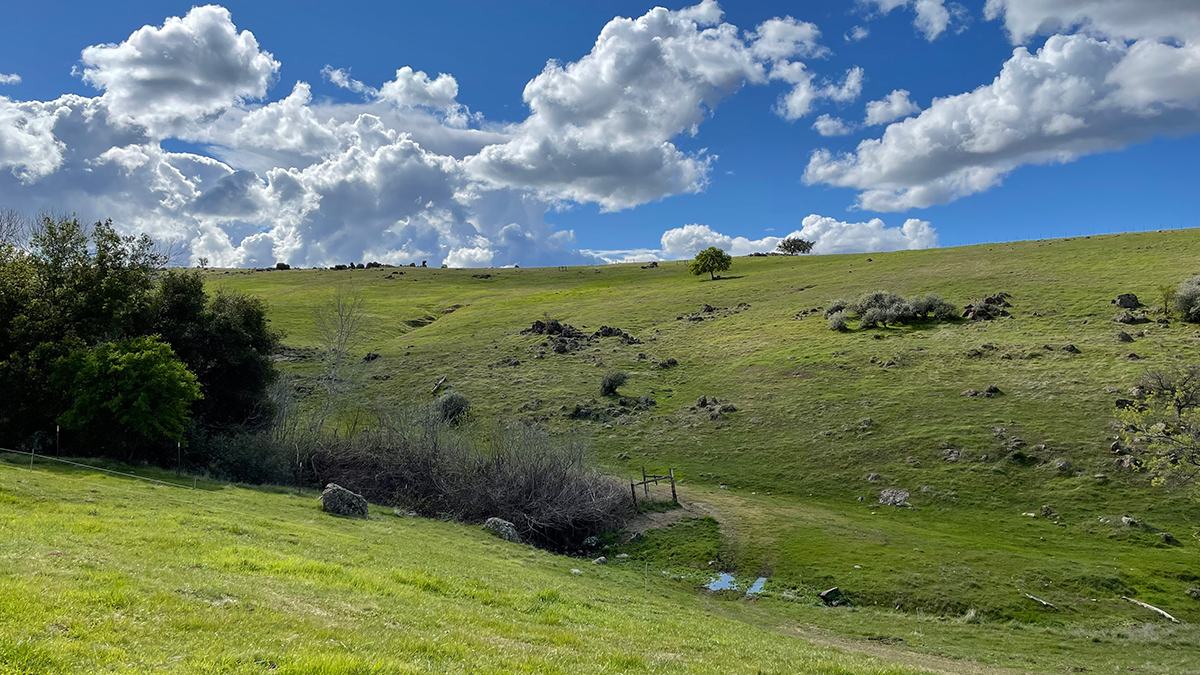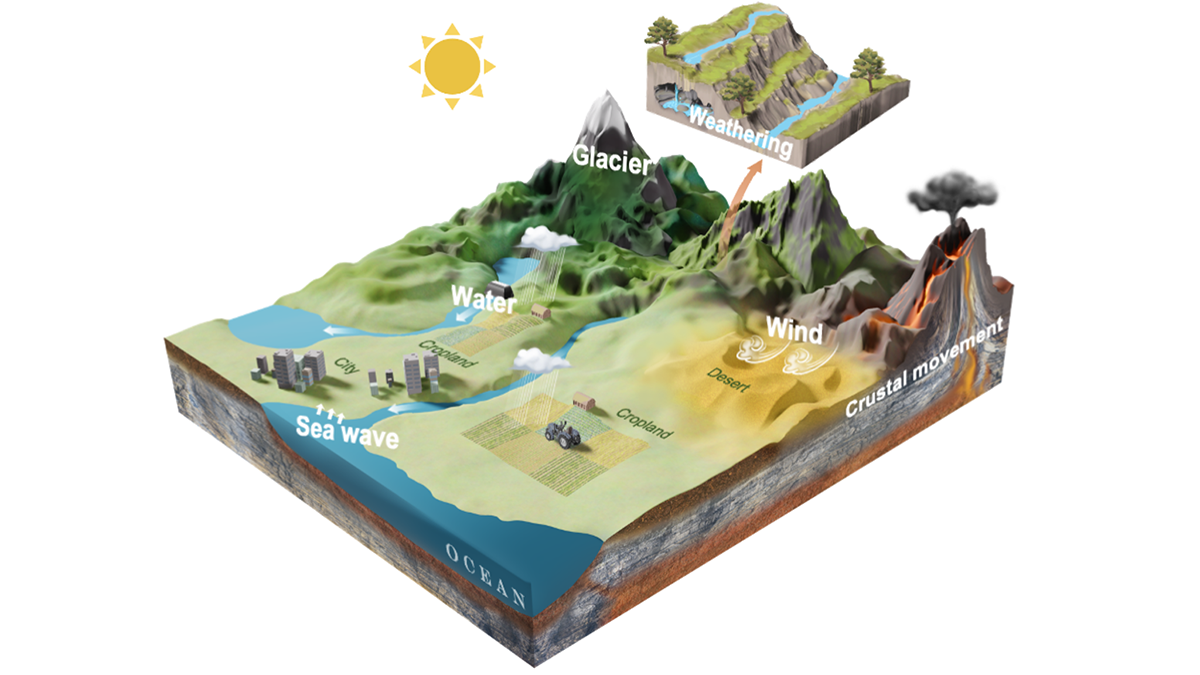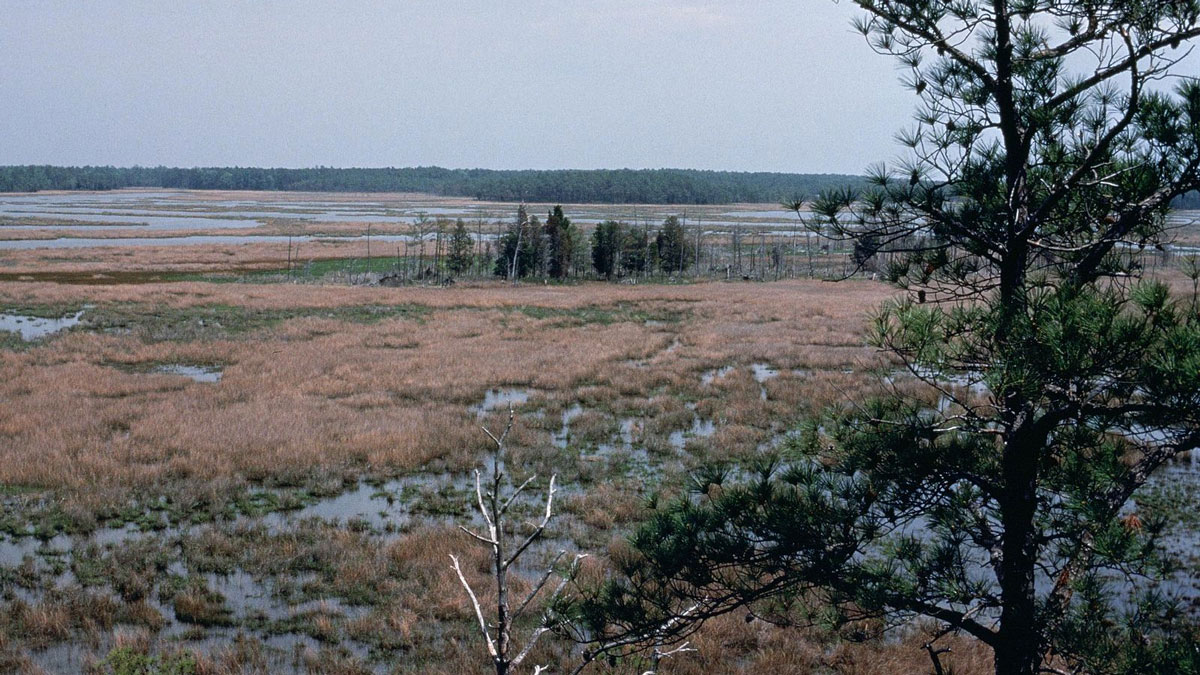An estimated 2.69 billion tons of carbon are exported to the deep sea every year from the Southern Ocean.
carbon capture & sequestration
Real Climate Solutions Are Beneath Us
It’s time to accept that durable subsurface carbon storage, along with emissions reductions, must be part of the plan to mitigate the effects of climate change—and geoscience must play a central role.
Compost and Biochar Could Boost Carbon Sequestration by Crushed Rock
Crushed rock additives may also help decrease soil emissions of other greenhouse gases, such as nitrous oxide and methane.
Louisiana’s Wetlands Store Massive Amounts of Carbon. But When Destroyed, They Release It.
Louisiana’s wetlands are one of the planet’s most vital carbon storage centers, but destroying these reservoirs can accelerate harmful emissions that intensify global warming, according to experts.
Erosion: An Overlooked Contributor to the Carbon Cycle
Since physical and chemical erosion yield comparable carbon fluxes, studying both together is essential to avoid biases in erosion-driven carbon flux estimates.
Boreal Forests May Be on the Move
A new model shows a tendency for tree cover to decline in warmer areas and increase in colder ones.
Turning Carbon into Stone: Unlocking Mineralization in Fractured Rock
Carbon mineralization is a promising solution for mitigating greenhouse gas emissions, but we must learn to optimize the complex interplay between reactions and mechanics in fractures to develop a scalable solution.
As Seas Rise, Marshes May Still Trap Carbon—and Cool the Planet
Rising seas spell doom for coastal wetlands trapping carbon—or do they? New research reveals that as these ecosystems transition, they can still trap carbon and possibly cool the planet.
Rainfall Makes the Ocean a Greater Carbon Sink
Rain has so far been ignored in calculations of the ocean’s capacity to take up carbon, but a new estimate shows it enhances the ocean sink by 5%–7%.
Microbe Preferences Drive Ocean Carbon Pump
New research offers insight into how certain bacteria degrade organic matter in Earth’s oceans.

